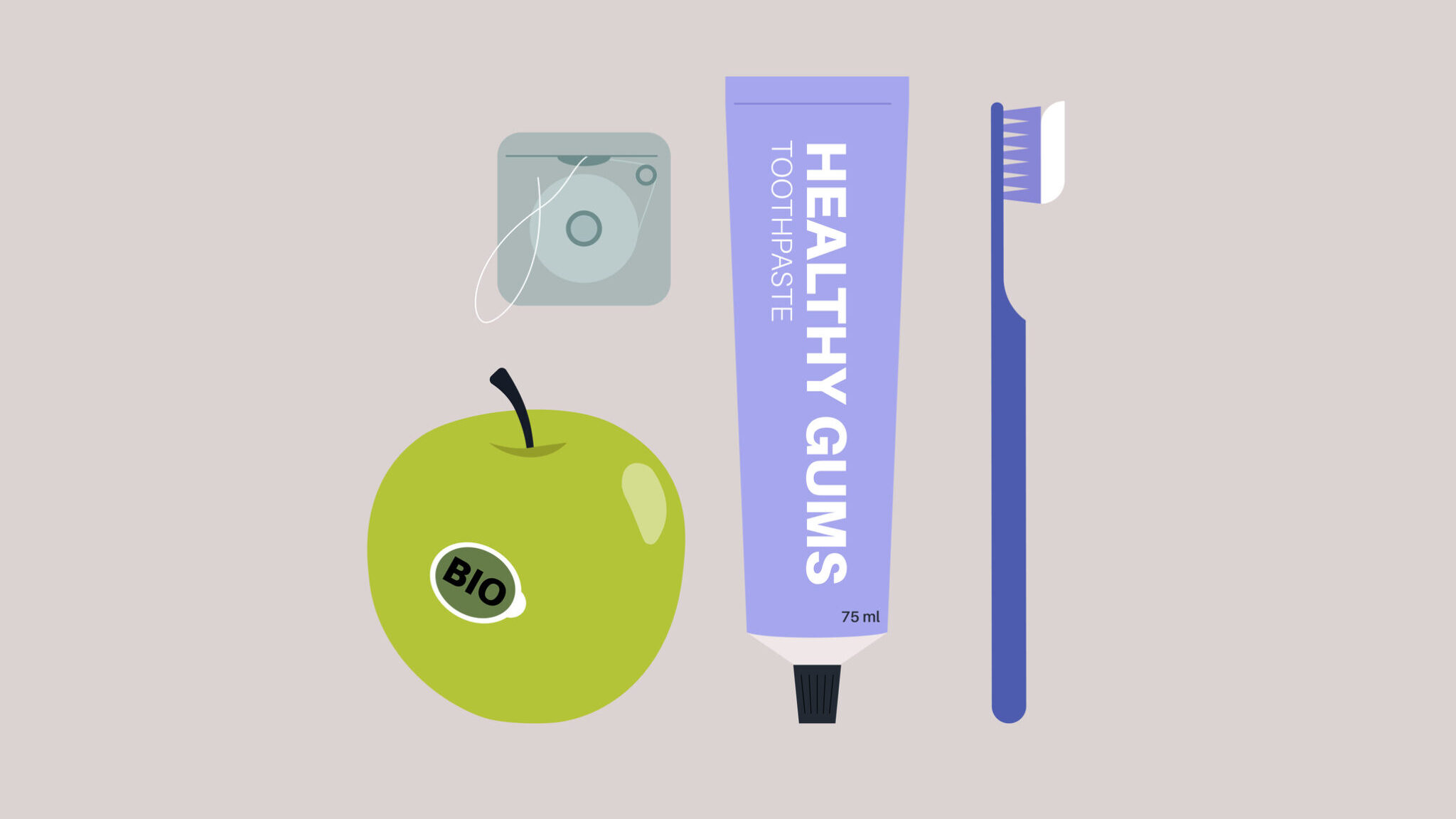
This is one of the questions that we are being asked by several dental offices, even though the risks of an eye injury occurring in a dental office are quite high. Dentists are obliged to exercise due diligence in taking every reasonable measures to protect their workers and patients.
Dental offices are required to follow the health and safety legislation that includes the Occupational Health and Safety Act and Regulations. There are many regulations that could apply to your dental office.
For instance:
• WHMIS Reg. 860,
• X-ray Safety Reg. 861,
• Industrial Establishments Regulation (IER) Reg. 851,
• Designated Substances Reg. 490/09 for Lead; and
• Control of Exposure to Biological or Chemical Agents Reg. 833 for Nitrous Oxide Anesthetic Gases etc.
One would think that the Health Care and Residential Facilities Regulation (HCRFR) 67/93 would cover dental offices but they are not. They must follow the IER 851. If a hazard exists that is not dealt with in the IER but it is dealt with in the HCRFR or another regulation you may still need to comply due to the general duty clause in the OHSA e.g. Employer/Supervisor must take every precaution reasonable in the circumstances to protect a worker.
Applicable Legislation for Emergency Eyewash Stations
Occupational Health and Safety Act, OHSA
Regulations
25(2)(h), 27(2)(d) General Duty Clause (Due Diligence) – Take every precaution reasonable in the circumstances for the protection of a worker. Here is an applied example of due diligence: If there is a risk of eye exposure to biological (blood or body fluids) or chemical hazards it would be due diligent for the employer/supervisor to provide an eyewash station. It would also be due diligent to provide eye protection to the worker in addition to ensuring there is training, education and policies and procedures. There should also be documentation of these including signatures and sign offs.
IER 851
124. Where a worker is exposed to a potential hazard of injury to the eye due to contact with a biological or chemical substance, an eyewash fountain shall be provided. R.R.O. 1990, Reg. 851, s. 124.
WHMIS Ont Reg. 860
Check your MSDS to see if an eyewash station is required as first aid measure for the WHMIS products that are used in the dental practice.
The Ontario Ministry of Labour follows the American National Safety Institute (ANSI) Standard Z358.1-2014 for emergency eyewash and showers as best practice. Here is a link to the Canadian Centre for Occupational Health and Safety (CCOHS) that outlines eyewash station requirements based on the ANSI Standard. It is a very good site for other OHS topics also. http://www.ccohs.ca/oshanswers/safety_haz/emer_showers.html
It is also helpful to visit the link to the dental page of the Public Services Health and Safety Association that addresses dental practices.
Additional things to consider when installing an eyewash station:
• The eyewash station should be located in a central area where the injured worker could reach it within 10 seconds. Keep in mind the injured person would not be able to see, so easy access is critical.
• The eyewash station should have a thermo-regulator to ensure that the water temperature is tepid, not too cold or too hot.
• The eyewash station should have the ability to continuously wash both eyes for 15 minutes. That is why portable eyewash stations are not suitable for that purpose.
• There must be a sign posted above the eyewash station to clearly indicate its location.
• All staff should be trained on how to use the eyewash station.
The health and safety of all workers in Ontario is serious business. Dentists are responsible for having a program in place to prevent injuries to your workers and patients. If a critical injury occurs in the workplace, dentists could be subjected to very heavy fines if they cannot prove that they exercised due diligence and made every reasonable effort to protect their employees. The fines vary in range and can be thousands of dollars per occurrence.
Having a health and safety program in place, that includes monthly inspections and signing off on the policies, reviewing procedures, will not only protect the workers, but also protect the dentist. For more information, feel free to contact us at Dental Office Consulting Services or contact the Public Services Health and Safety Association.
Special thanks to Frances Ziesmann PT – BSc BScPT MHM DOHS CRSP, from the Public Services Health and Safety Association












